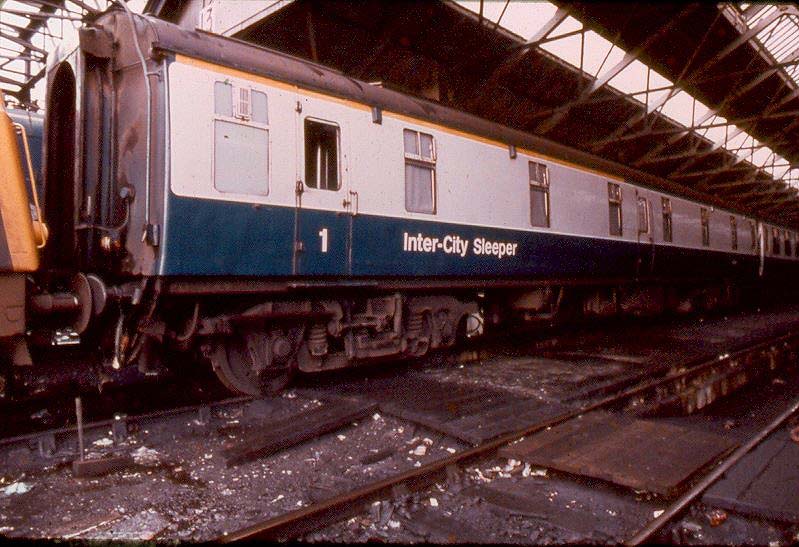JPNH
New Member
Hi,
I am an apprentice for Northern coming to the end of my engineering apprenticeship. I have a powerpoint presentation to do on fire systems for rolling stock. I am looking for any help possible on the history of fire systems, Ive been googling but struggling to find any significant information of the history of fire systems and when they were brought in and a significant reason to why they were brought in e.g. a famous fire.
Any help would be greatly appreciated. Thanks!
I am an apprentice for Northern coming to the end of my engineering apprenticeship. I have a powerpoint presentation to do on fire systems for rolling stock. I am looking for any help possible on the history of fire systems, Ive been googling but struggling to find any significant information of the history of fire systems and when they were brought in and a significant reason to why they were brought in e.g. a famous fire.
Any help would be greatly appreciated. Thanks!


